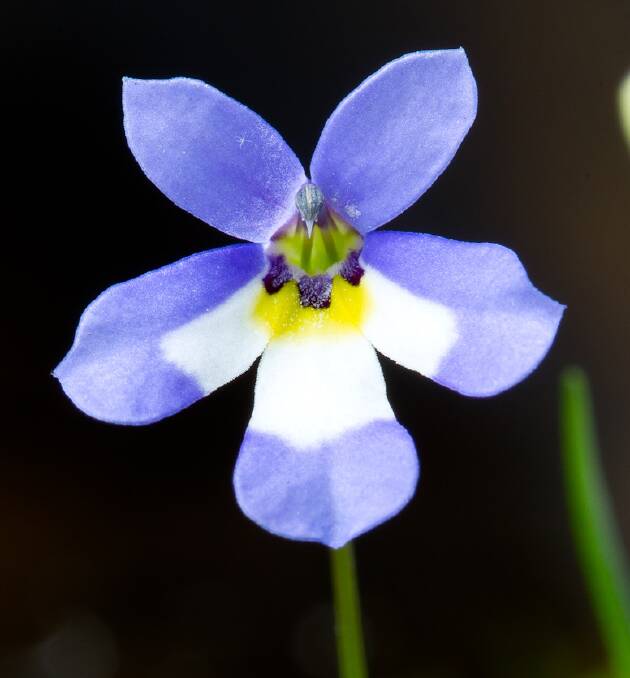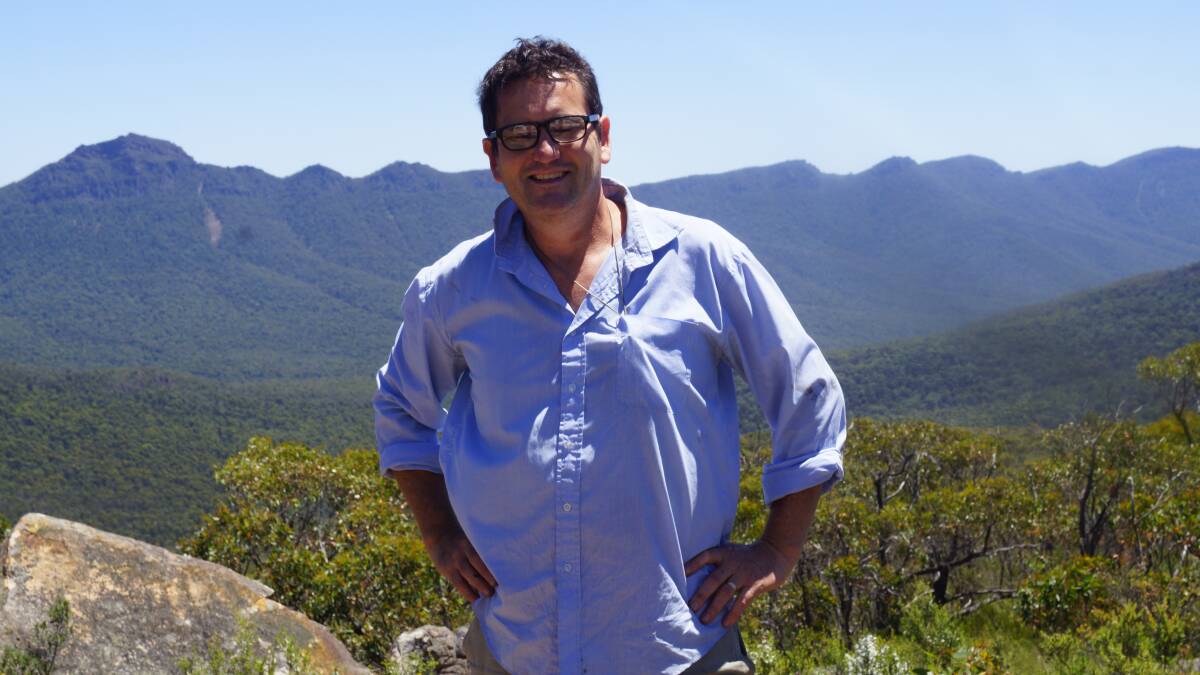
A BOTANIST was performing some field work in northern NSW when something caught his eye.
Subscribe now for unlimited access.
$0/
(min cost $0)
or signup to continue reading
Richard Jobson from the Royal Botanic Garden in Sydney discovered a tiny new flower species in a swamp west of Wee Waa.
"I saw a flash of purple from a tiny plant with a single flower about one centimetre in diameter - I knew I had found something new to science," Dr Jobson said.
He then had to wait several years until there was enough rain in the area for the elusive flower to re-emerge and provide the evidence to officially confirm it as a brand-new species Lobelia claviflora.
“The deep purple bands on the flower’s throat inspired the name ‘claviflora’, which comes from the Latin ‘clavus’, resembling the purple stripe decorating the tunic worn by persons of state in Ancient Rome,” he said.

“Besides its striking purple colour and tiny stature, another interesting feature is its inflated stems, which is possibly an adaptation that allows it to support itself in water.”
Every year scientists discover about 2000 new plant species in different parts of the world.
Director of Science and Conservation at the Royal Botanic Garden Sydney Brett Summerell said scientists here have been studying and documenting plant life in NSW and Australia for over 200 years.
“Uncovering and understanding our biodiversity is essential to protect the future of threatened species,” Dr Summerell said.
“This discovery is yet another example of the vital scientific work being done by plant scientists in NSW.”
Naming a species is the first step in understanding their relationship to other species, creating a conservation plan or investigating their medicinal qualities.
Read also:
“Fieldwork is a critical component and this discovery highlights how we can still uncover remarkable biodiversity in the most unlikely places,” Dr Jobson said.
“These elusive swamps also harbour the likewise potentially threatened bladderwort Utricularia fenshamii; a plant only known to occur in one other site near White Cliffs, NSW.”
Dr Jobson’s discovery and description of Lobelia claviflora has been published in the Royal Botanic Garden Sydney’s Telopea journal.


